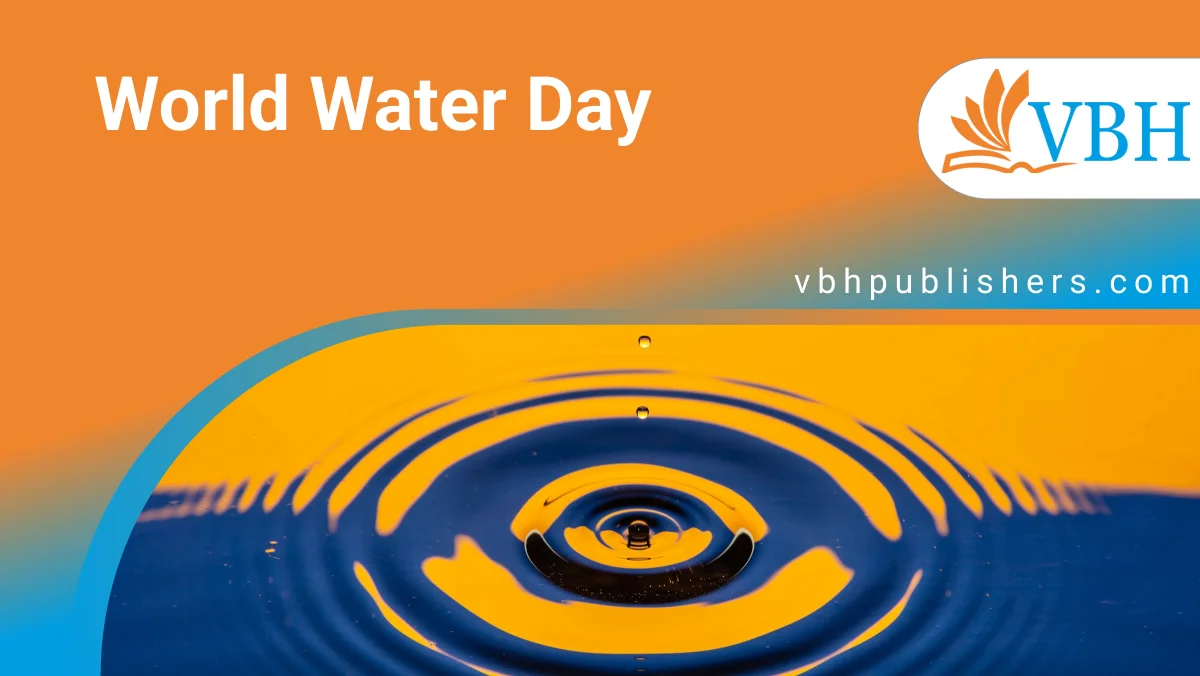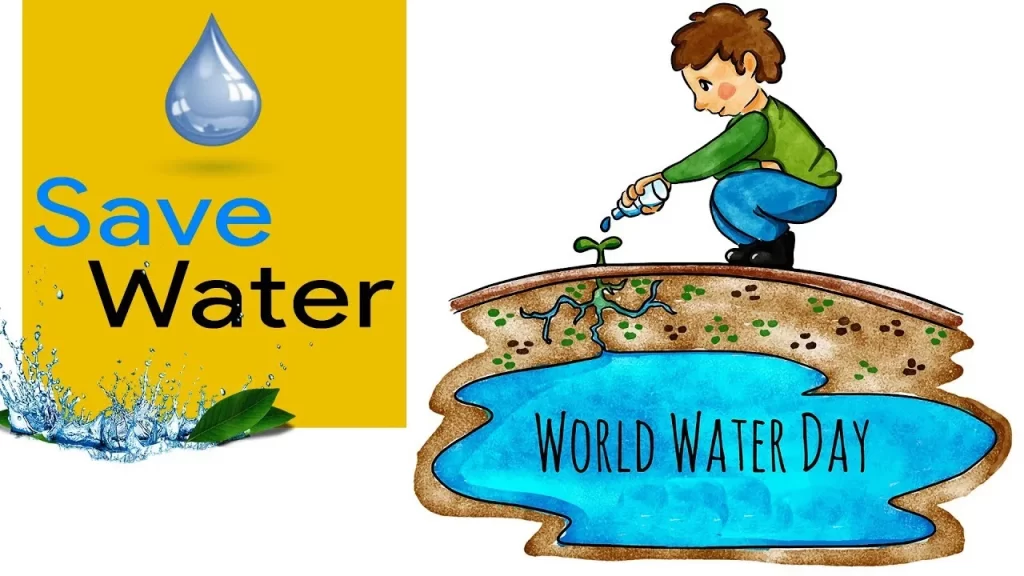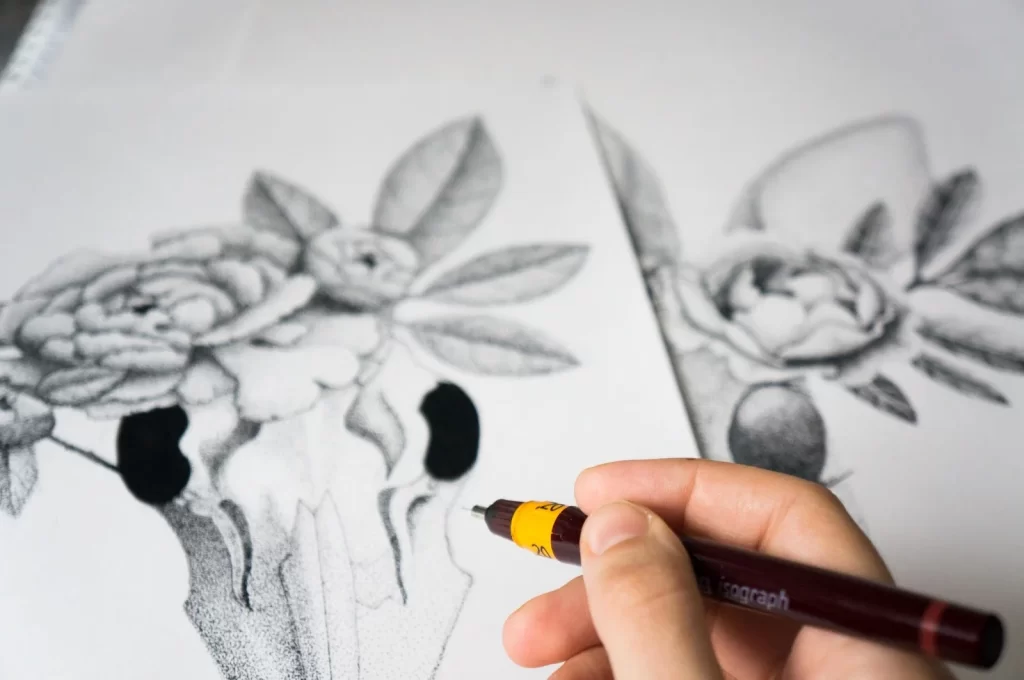World water Day 2023
- Last Updated:

Water, water everywhere! 71% of earth’s surface is covered with water. With global warming, the ocean levels are also rapidly rising. This rise in sea levels is occurring at the cost of rapidly depleting freshwater sources.

What are freshwater sources?
Only 3% of earth’s water is freshwater, yet 100,000 species, including 8 billion human beings, depend on it for survival. This is the water we use for all our essential activities- drinking, bathing, cleaning, cooking. As warmer days also approach us, we would have to further increase our freshwater consumption to keep ourselves cool. This puts tremendous pressure on our already limited resources.
Why are we running out of freshwater?
Some simpler reasons are melting glaciers, increasing ocean or salt water, water pollution by humans, and increasing population of earth increasing the demand.
However, the problem at hand has also been made worse by the loss of several freshwater ecosystems like wetlands, backwaters, marshlands, lakes and forests. The loss of these green areas has decreased the amount of fresh water in the ground and made it rain less often, since trees are a key part of the rain cycle.
In fact, we in Tamil Nadu see the negative effects of reducing fresh water firsthand in summers, where we run out of ground water to the extent that we have to limit water usage to certain buckets of water a day or certain times in a day only. We will soon see our roads filled with tankers of water supplying fresh water to different parts of the city.
To highlight such issues, the UN has declared 22nd March as World Water Day. It was first held in 1993. This day is used to raise awareness and focus on the importance of fresh water and finding ways to sustainably manage fresh water globally.
What can you do as young children?
Every human on earth, little or old, can make a difference by learning about our freshwater ecosystems and preservation and changing the way you consume and manage water in your lives.
What are some steps you can take?
1. Turn off the tap while brushing your teeth!
2. If you have old or excess water, pour it for your plants or in some muddy green area near you. Do not pour it down the drain.
3. Make sure all taps at home and school are tightly closed.
4. Take short showers, or use a bucket of water or half for bathing. Do not waste water in long baths.
5. Use the waste water from water filters to clean your floors. Do not let it go to waste.
Why DO WE WANT TO SQUEEZE CUTE THINGS?
Have you ever looked at a cute little chicken, puppy, dog or teddy and wanted to squeeze it so bad! There’s even a dialogue by the character Agnes in the Despicable Me movie when she describes her unicorn doll, where she says “It’s so fluffy I’m gonna die!”
Why do we humans do this?
Do we really mean it when we find something so cute that we want to bite it? This urge which occurs when we see something extremely cute or adorable is called ‘ Cute Aggression’.
While we know that ‘Beauty lies in the eyes of the beholder’, is there a scientific measurement of cuteness? Turns out, while there is no scientific measure for cuteness the way we measure length in centimeters or weight in kilograms, there are characteristics that are commonly associated with cuteness.
Some of these are plump cheeks, large eyes and short limbs. No wonder uncles and aunties love seeing children and pinching their cheeks, right!
Seeing cute animals, children or things seem to overwhelm us and reward our complex brains. When we see cute things, we want to nurture them or care more for them.We can even say they hijack our emotions!
But if we want to nurture and care for cute things, why do we sometimes want to squish them or bite them sometimes?
This cute aggression, in fact, occurs due to the hijacking already mentioned. We do not want to actually harm the cute thing, but our brains get so overloaded with emotions for the cute items that we reach a point called ‘overwhelm’.
In this case, we get overwhelmed by happiness and love for the item. So what our brain does is that in order to control this feeling, it generates aggressive thoughts towards the cute item. In doing so, we get aware of how big our feelings towards the cute things or persons are and control our emotions.
This happens when emotions like happiness, sadness or anger get so big that we are unable to control it.
Pointillism
This month, we introduce you to an interesting art technique as a hobby along with a small snippet of the artist who introduced the technique.
Pointillism is the art of using dots or blobs of paint to colour your art piece. This technique was first introduced by a French Neo- Impressionist painter called Georges Seurat in the late 18th Century.
At first glance from a distance, his paintings seem to be colored as most paintings normally are. As you get closer to the painting, you realize that these are dots that seem to blend in into the desired color. By simply using the point of your brushes or swabs of cloth or cotton, you can create entire landscapes, abstracts and portraits artworks using tiny dots and even little dashes. This technique uses no brush strokes.

What do you need
1. Pencil to make a sketch with.
2. Acrylic paints or sketch pens.
3. Something to squeeze paint out on: a paper plate, a regular plate, a paint palette
Cotton Swabs.
Steps to create your painting
Select an existing sketch of your choice or sketch out a scene of your choice. It can be anything you like: scene of nature, portrait, flowers, animals, a beautiful sunset, a still life and so much more.
Squeeze a little bit of each colour that you think you will need.
Use cotton swabs, sketch pens or just the tips of your paint brushes to paint in your sketch.
The key rule is to never mix the colours! For example, if you need to make a purple car, use blue and red dots to paint that car in. If you need lighter green and darker green, use green and yellow or white dots for the lighter area, and green and black or brown dots for the darker area.
Shop Now: Magazines for Kids Punnagai

